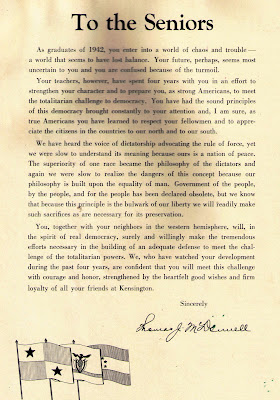While "Gdy się Chrystus Rodzi" expresses tender happiness, "Dzisiaj w Betlejem" ("Today in Bethlehem") is a carol of eager, triumphant gladness.
"Dzisiaj w Betlejem, dzisiaj w Betlejem
Wesoła nowina
Że Panna czysta, że Panna czysta
Porodziła Syna
Że Panna czysta, że Panna czysta
Porodziła Syna
(refren:)
Chrystus się rodzi
Nas oswobodzi
Anieli grają
Króle witają
Pasterze śpiewają
Bydlęta klękają
Cuda, cuda ogłaszają
Chrystus się rodzi
Nas oswobodzi
Anieli grają
Króle witają
Pasterze śpiewają
Bydlęta klękają
Cuda, cuda ogłaszają
Maryja Panna, Maryja Panna
Dzieciątko piastuje
I Józef święty i Józef święty
On ją pielęgnuje
Dzieciątko piastuje
I Józef święty i Józef święty
On ją pielęgnuje
(refren)
Chociaż w stajence, chociaż w stajence
Panna Syna rodzi
Przecież on wkrótce, przecież on wkrótce
ludzi oswobodzi
Panna Syna rodzi
Przecież on wkrótce, przecież on wkrótce
ludzi oswobodzi
(refren)
I trzej królowie, i trzej królowie
od wschodu przybyli
I dary Panu, i dary Panu
kosztowne złożyli
od wschodu przybyli
I dary Panu, i dary Panu
kosztowne złożyli
(refren)
Pójdźmy też i my, pójdźmy też i my
przywitać Jezusa
Króla nad królami, Króla nad królami
uwielbić Jezusa
przywitać Jezusa
Króla nad królami, Króla nad królami
uwielbić Jezusa
(refren)
Lyric Translate gives a satisfactorily literal translation to English:
Today in Bethlehem, today in Bethlehem
(there are) merry news
That the pure Maiden, that the pure Maiden
Has born a son
(there are) merry news
That the pure Maiden, that the pure Maiden
Has born a son
(Refrain:)
Christ is born
He's going to deliver us
The angels are playing (music)
The kings are bidding welcome
The shepherds are singing
The cattle is kneeling
Wonders, wonders do they announce
Christ is born
He's going to deliver us
The angels are playing (music)
The kings are bidding welcome
The shepherds are singing
The cattle is kneeling
Wonders, wonders do they announce
Mary the Maiden, Mary the Maiden
Is nursing the child
And Saint Joseph and Saint Joseph
He's taking care of Her
Is nursing the child
And Saint Joseph and Saint Joseph
He's taking care of Her
(Refrain)
Although in a little barn, although in a little barn
The Maiden is bearing Her son
After all He'll soon, after all He'll soon
deliver the people
The Maiden is bearing Her son
After all He'll soon, after all He'll soon
deliver the people
(Refrain)
And the Three Kings, and the Three Kings
arrived from the east
and they gathered precious
gifts for the Lord, gifts for the Lord
arrived from the east
and they gathered precious
gifts for the Lord, gifts for the Lord
(Refrain)
Let's go, too, let's go, too
and bid welcome to Jesus
King of Kings, King of Kings
to adore Jesus
and bid welcome to Jesus
King of Kings, King of Kings
to adore Jesus
(Refrain)
The International Book of Christmas Carols has the melody, harmony, accompaniment, and chord notation, although the lyric differs.
So - Turn off the lights!
Crank up the volume!
Link to the Mater Dolorosa Choir and play it on full-screen!































































